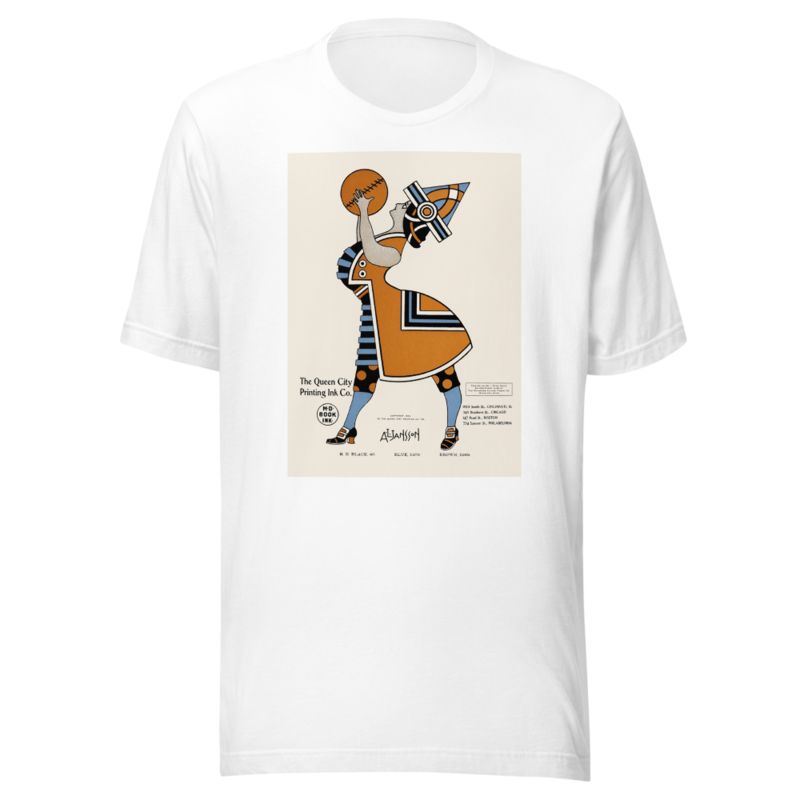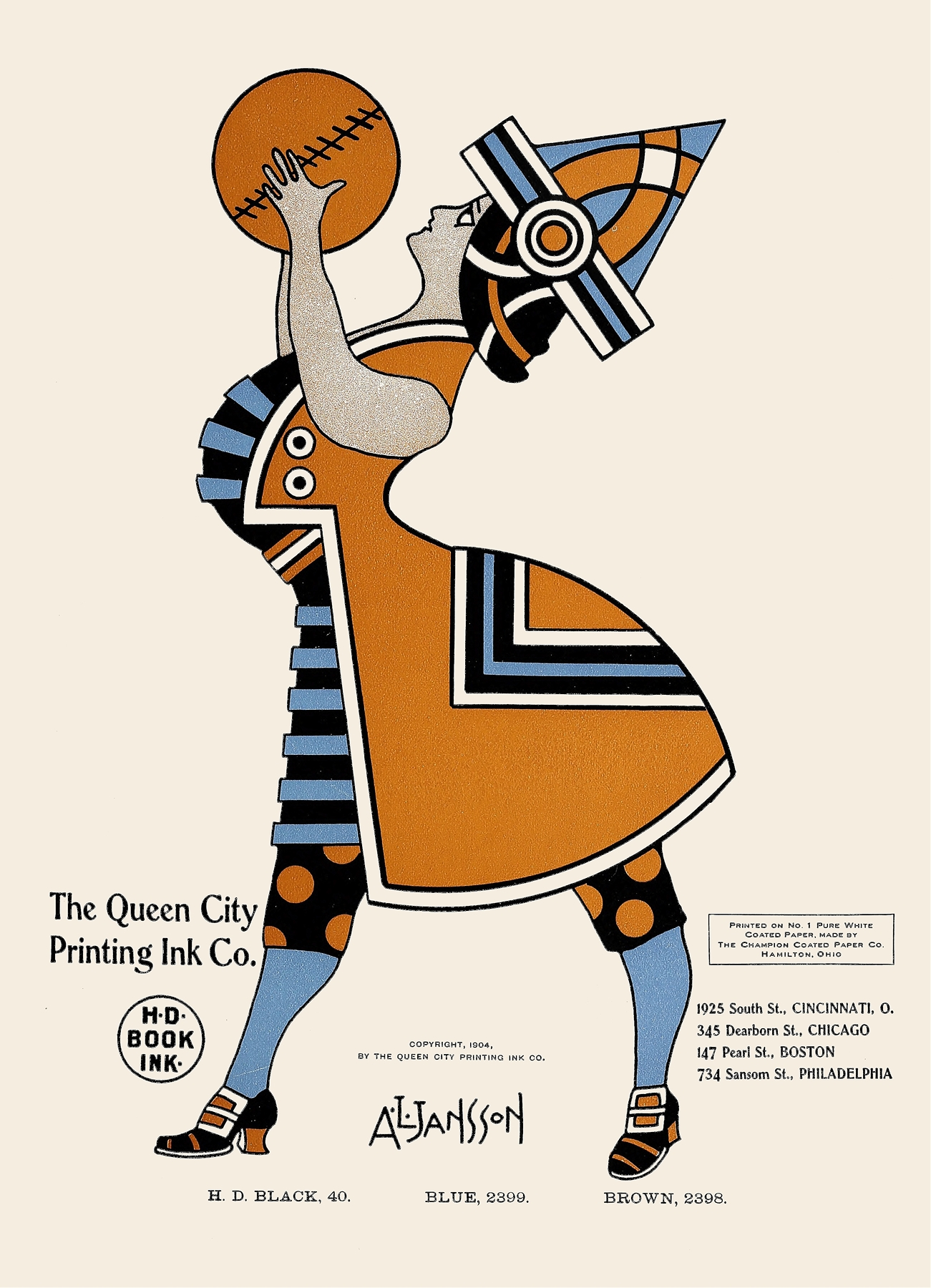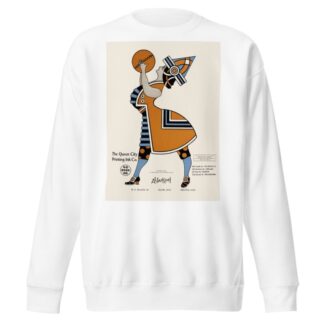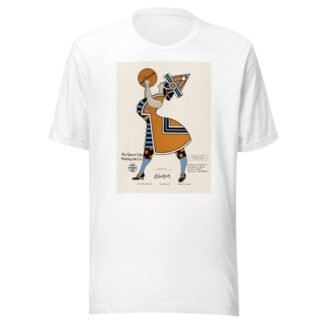Description
Queen City Ink, Ad. 19 by Augustus Jansson printed on a T-Shirt
About the T-Shirt
Regular fit
Standard length, the fabric easily gives into movement
Casual wear
A classic, everyday option loved by our customers
Side-seamed
Constructed by sewing two parts together, creating a fitted look
The Unisex Staple T-Shirt feels soft and light with just the right amount of stretch. It’s comfortable and flattering for all. We can’t compliment this shirt enough–it’s one of our crowd favorites, and it’s sure to be your next favorite too!
- Solid colors are 100% Airlume combed and ring-spun cotton
- Ash color is 99% combed and ring-spun cotton, 1% polyester
- Heather colors are 52% combed and ring-spun cotton, 48% polyester
- Athletic and Black Heather are 90% combed and ring-spun cotton, 10% polyester
- Heather Prism colors are 99% combed and ring-spun cotton, 1% polyester
- Fabric weight: 4.2 oz./yd.² (142 g/m²)
- Pre-shrunk fabric
- 30 singles
- Side-seamed construction
- Tear-away label
- Shoulder-to-shoulder taping
- Blank product sourced from Nicaragua, Mexico, Honduras, or the US
Augustus Jansson (1863 – 1931)
Augustus Jansson, an illustrator of greeting cards and advertisements, was born to Swedish parents in Somerville, Massachusetts in the year 1866. By 1903, Jansson had established a reputation through his original and superior designed poster work. He was also an expert postcard artist, table designer, cartoonist and an author of illustrated books for children.
During the same year, Augustus began a seven-year working period for Queen City Publishing. He produced many full-page layouts, including the renowned Ink Beasts Parade, with its orange-yellow Ibexiatucus and Magenta Ponies. He also produced a series of doll-like figures for Queen City. The ads produced in Queen City were striking and often considered ahead of their time, with a distinct art deco feel.
His unusual style resembles playing cards figures. He also used this style in his series of stories on the American Revolution, which appeared in The Sunday Herald around 1904.






Reviews
There are no reviews yet.